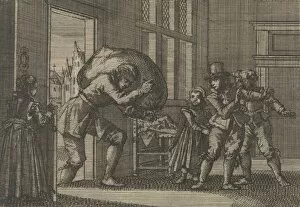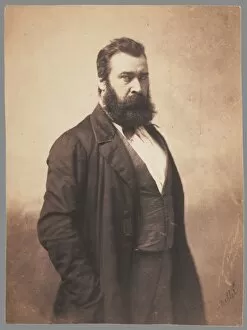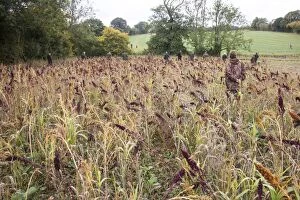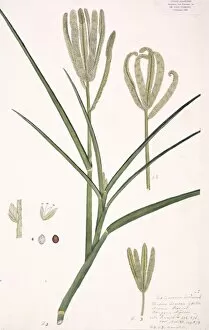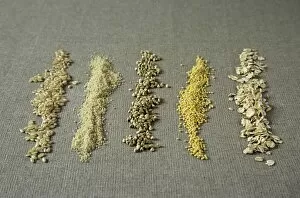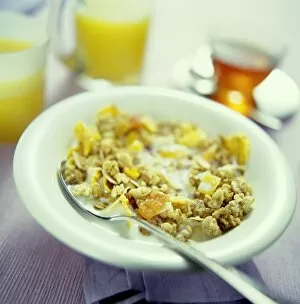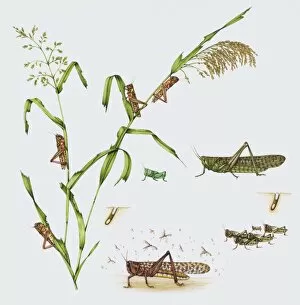Millet Collection (page 6)
"Millet: A Master of Realism and Humanity" Jean Francois Millet, a renowned French artist from the 19th century
All Professionally Made to Order for Quick Shipping
"Millet: A Master of Realism and Humanity" Jean Francois Millet, a renowned French artist from the 19th century, left an indelible mark on the art world with his captivating works. His iconic painting "The Angelus" (1857-1859) depicts two peasants pausing their work in a field to pray at the sound of the distant church bell. This masterpiece showcases Millet's ability to capture everyday life and evoke profound emotions. Another notable piece by Francis Davis Millet is "Between Two Fires" (c1892), which was completed in 1938. This artwork portrays a scene filled with tension and uncertainty, reflecting the turmoil of its time. The contrast between light and shadow adds depth to this thought-provoking composition. Millet's most famous painting, "The Gleaners, " created in 1856, continues to resonate with audiences today. It portrays three women stooping over harvested fields, diligently collecting leftover grains. Through this powerful image, Millet sheds light on the plight of rural laborers while emphasizing their resilience and dignity. In addition to his well-known paintings, it also explored other mediums such as drawing and oil painting. One example is his drawing titled "The Lovers" (1848-1850), showcasing his talent for capturing intimate moments with delicate lines. Beyond Europe's borders lies another representation – not as an artistic subject but as a staple food source for communities around the world. In Zimbabwe during 1936, two Mashona tribeswomen were captured pounding maize and millet in an evocative photograph that highlights both cultural traditions and daily survival. Millet's legacy extends beyond individual artworks; it encompasses his commitment to portraying humanity's struggles and triumphs through artistry that resonates across generations. Whether depicting religious devotion or agricultural laborers' hardships, he captures moments that transcend time – inviting viewers into worlds both familiar and foreign.





